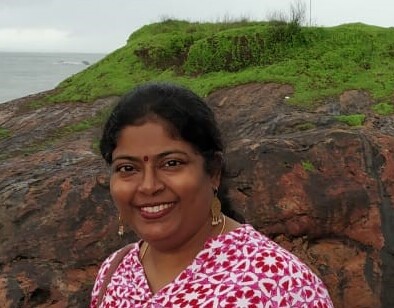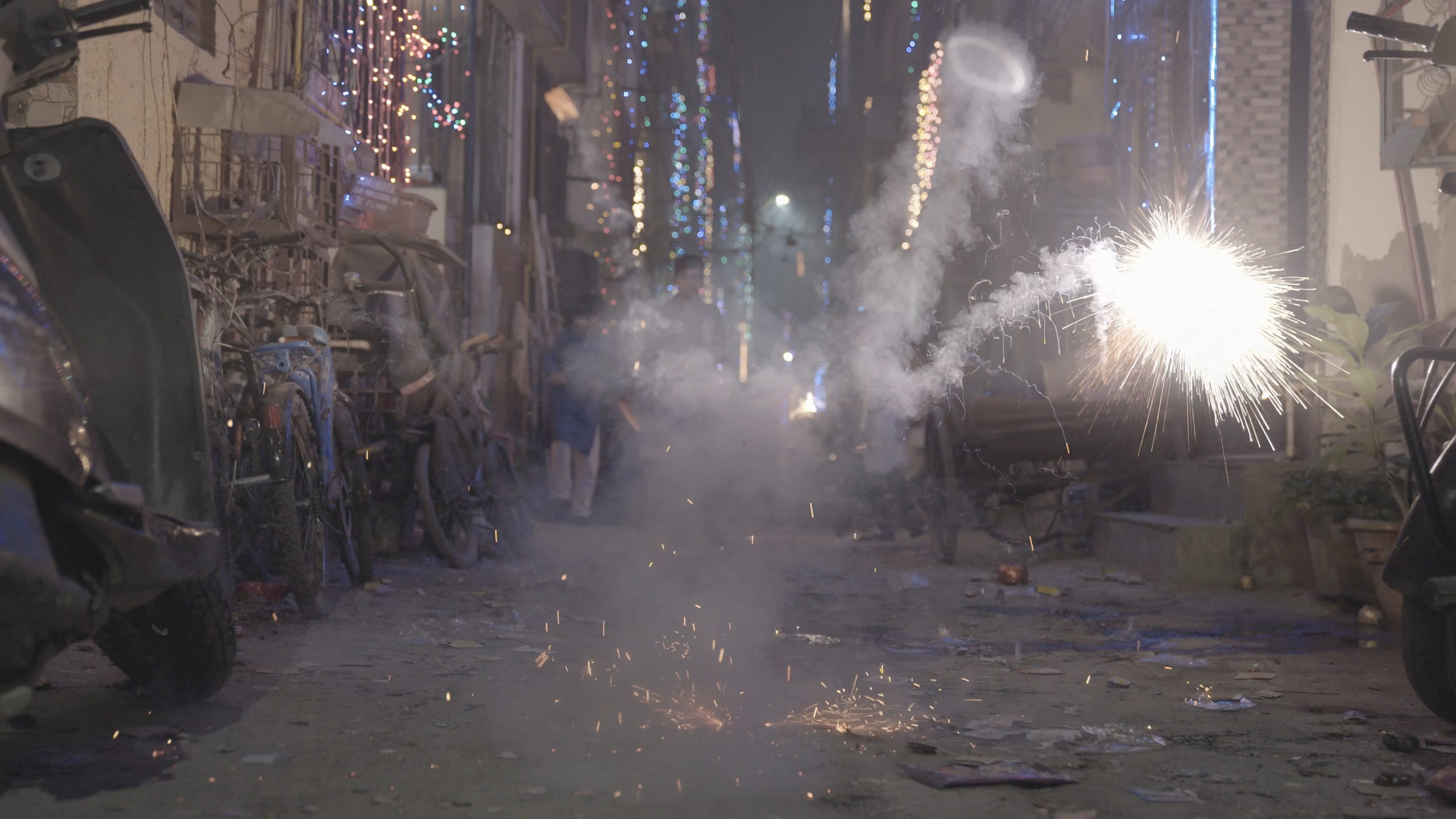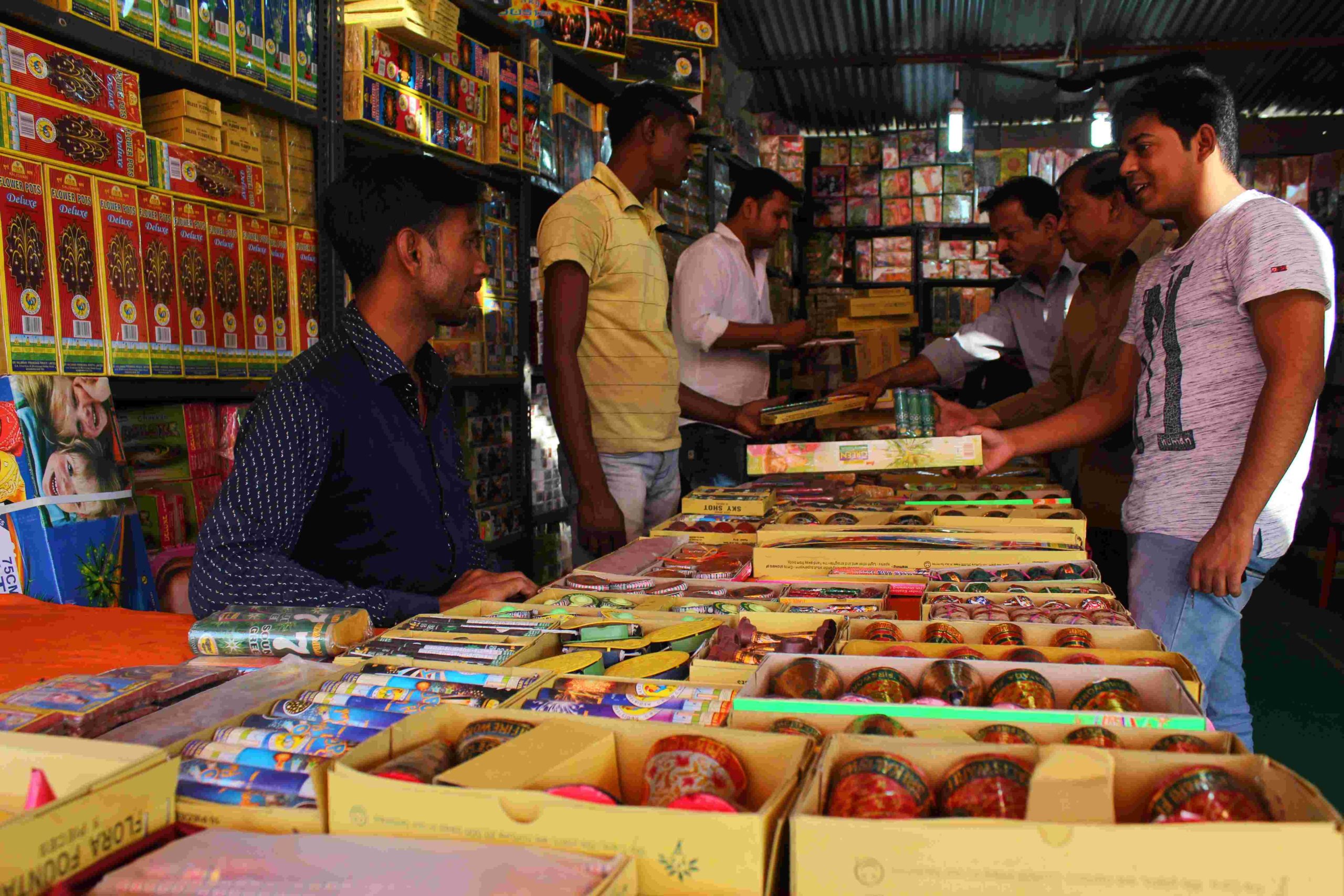Choked: Hari Phuljhari, a documentary film, analyses air pollution through the firecracker ban in Delhi
A 2018 Supreme Court ruling regulated the bursting of firecrackers in Delhi. But the very same year, 5 million firecrackers were set off. The documentary Hari Phuljhari by Vidhi Centre for Legal Policy analyses the ground reality and public perception.

How will you feel if you visit the ICU and see a baby with pneumonia, or a 28-year-old non-smoker from a non-smoker family with stage four lung cancer? “Your heart will burn,” seethed Arvind Kumar, director, Institute Of Robotic Surgery at Sir Ganga Ram Hospital, Delhi.
Kumar is one of the experts who feature in Hari Phuljhari, a 20-minute documentary produced by Delhi-based independent think tank Vidhi Centre for Legal Policy in collaboration with Riverbank Studios. The documentary is unique in that it seeks to narrate a Supreme Court judgment in film format and through the eyes of those who filed the PIL (public interest litigation), a doctor who gave his affidavit, manufacturers and dealers of firecrackers, and the end-users. The film was shot during Dussehra and Diwali of 2019.

Speaking at the recent launch on November 12, Dhwani Mehta, co-founder of Vidhi, said that they recognised that the law has a life outside of the courtroom, and that unless one realised the challenges to successful implementation, one would not be able to design better laws and rules. In this context, it was important to know people’s reactions to the firecracker ban.
Ironically, the day the documentary was screened the Air Quality Index (AQI) in Delhi was 326, or ‘very poor’ category. Noida and Gurugram were at 387 and 297, respectively.
But first, a primer on the case. In 2015, infants Arjun Gopal, Aarav Bhandari and Zoya Rao Bhasin, who resided in Delhi, filed a petition in the Supreme Court through their lawyer-fathers Gopal Sankaranarayanan, Amit Bhandari and Saurabh Bhasin.
Article 21 guarantees people’s right to clean, healthy and breathable air, and they sought the immediate intervention of the Supreme Court against the widespread use of firecrackers during Dussehra and Diwali.
In its 2018 order in the Arjun Gopal versus Union Of India, the Supreme Court refused a nationwide blanket ban on the manufacture and sale of firecrackers. It, instead, allowed sale of “green firecrackers” in Delhi and the NCR (national capital region). It restricted the bursting of firecrackers across the country to just two hours — 8pm to 10pm — for Diwali and other festivities. For Christmas and New Year celebrations it allowed another time slot — 11.55 pm to 12.30 am. Online sale of crackers was banned too.

What are green firecrackers? They are said to have a smaller shell compared to traditional fireworks, and reduce particulate matter Nitrogen Dioxide (NO2) and Sulfur Dioxide (SO2) by 30 to 35 per cent, making them a less toxic option. A Council of Scientific & Industrial Research institution, National Environmental Engineering Research Institute (NEERI) has come up with alternatives without barium nitrate. ‘Green’ crackers have additives that reduce emissions by suppressing dust.
The documentary begins with a searing piece of information — 5 million firecrackers were burnt on Diwali in 2018, the same as in 2017, despite the Supreme Court order.
Kumar said that today the issue of firecrackers is not a religious or economic one, but one of health. “I tell you that the air you are breathing has poison and you let that happen, and you bring in other angles. Children are suffering, newborns are suffering, pregnant women are suffering… I gave an affidavit mentioning the facts, and I am happy it was taken cognizance of while writing the judgment,” he said.
Some of the passersby interviewed for the documentary ask why they should stop doing something they have been doing for ages. Children say they understand a ban, but want to have fun too. Another more enlightened person asks why we are trying to burn Ravana year after year instead of vanquishing the Ravana in our hearts. And so, with such questions that touch upon the tinderbox called religion, people violated the Supreme Court order and made a mockery of it.
Saurabh Bhasin, parent of one of the petitioners, said that while there was a ban at a point, it was not enforced by the police.
The pollution sources are varied too — they come from industrial emissions, vehicles, dust from various sources, stubble burning and burning of garbage. And in between all this comes Diwali, which is said to be a major polluter because it releases a large amount of heavily toxic material into the environment. “Though it is for a short period, it leads to long-lasting damage,” said Kumar.
In Chandni Chowk, Amit Jain’s family has been selling crackers for three generations. For the past three years, his business has been dull. “They tell us to sell green crackers. I have just two varieties, and I have suffered a huge loss,” he says. How can burning something for two hours affect us through the year, wondered another. “Bring in the alternative and then ban what we are using,” yet another shopkeeper said, making a valid point. “What will we shopkeepers do? This rule has spoiled livelihoods,” he said.
According to an India Today report quoted in the documentary, there are 1,070 licensed firecracker manufacturers in Sivakasi and several unlicensed ones. At least 300 contract employees are employed by each manufacturer.

What about the plight of the workers there? Vijaykumar, editor of Pyro India News, a fireworks trade journal, said that the owners got workers to protest against the SC ban for four months, and said they would not make green crackers. But now, some are making green crackers.”
Kumaravel Pandian, who is employed in Sri Velavan Fireworks, Sivakasi, said that due to the ban, 20 per cent of the staff was unemployed.
“In just three of the 1150 factories, green crackers are made. They got a demo from NEERI, but those making it do not know what green crackers are. Only if we start bursting them will we know how they work,” Vijaykumar said.
Daniel, dealer and retailer of AAA Fancy Crackers, also said no one knew what green crackers were. “We need to explain to people what they are. We can’t get any information on Google,” he said.
That is something Saurabh Bhasin asks too. “What is a green cracker? It is still causing pollution. People need to be educated. We are in an emergency. The top 10 most polluted cities in the world are in India,” he added.
Kumar said that there is an “abysmally low level of perception among people as far as pollution is concerned. People from polluted areas like Shahdara and Azadpur tell you their areas are clean. Smoke and pollution is taken as part of their lives. They are not aware of what is clean air.”
Bhasin said that pollution is still considered a problem to be dealt with in the future. “It’s not become a voting issue as yet. There is no political will or courageous leader who is willing to take it up, because they will have to put their neck on the line.”
Kumar concluded it best. He said, this is a problem that affects all 1,300 million people, and so the solution must also come from the same 1,300 million people who pollute it.

One of the guests of honour at the launch of Hari Phuljhari documentary was Justice Madan Lokur, former Supreme Court judge, who has been part of the social justice bench and authored landmark judgements relating to the environment. He recalled the late 1990s and early 2000s when Delhi was very polluted and everyone’s eyes watered. But when buses running on compressed natural gas (CNG) were introduced there was resentment. There were long lines in the CNG pumps, but they did it. They followed the rule.
Justice Lokur said it is important to look at it through the eyes of children. “We talk about the future. Children are our future. I know of a lot of children who have developed lung problems because of the pollution. We speak of a firecracker ban, but what happens to the workers in Sivakasi?” he said.
The problem of pollution is complex. “It’s a problem of health, it’s a problem of education — so many children were not able to go to school last year because of the pollution. We can speak of green firecrackers, smog towers, sprinklers… These are all adhoc solutions that may or may not work. We need to think long-term,” he added.
Justice Lokur said all the stakeholders have to get involved and start planning from today. “I can tell you that there are a whole lot of green warriors willing to help. We have to make up our minds that we will clean Delhi,” he said.
Justice Lokur cited the example of how about 12 years ago, following strict implementation, people stopped burning fallen leaves in Delhi. “People listen, you should motivate them and provide that leadership,” he said.
Justice Lokur also said that when it comes to implementation, two things matter — the order has to be acceptable to people; and the order must be enforceable.
Delhi environment minister Gopal Rai pointed out that while land was divided, the sky was not, and Delhi bears the brunt of both internal and external pollution. “We cannot work in bits and pieces, we need to do something collectively,” he said.
Rai said that the need of the hour was to change mindsets. To tell people that lighting lamps and performing pujas are also a form of celebration. That crackers are just another aspect of it. He mentioned how crackers were entering the city through the black market route, but the cops have seized some of them.
“People have to understand that this is a serious issue. We can always take action after they’ve burst crackers, but the pollution won’t come down. Yes, this is a traditional business for many and we have to find sustainable alternatives too,” he agreed.
Gautam Pandey of Riverbank Studio said working on a documentary from the legal perspective was a different experience. “A judgement can look very dense, and drawn out with big words. It is easy to make a film preachy, but we wanted to hold a mirror to the people of India.”
Vidhi has four more films coming up in this series — The Unequal Fight on industrial pollution in Telangana; Ladenge Jeetenge, on Uttarakhand dams and their efficacy; Garbage Matters on solid waste management in Delhi; and My Way Or The Highway, on human-wildlife conflict in Kaziranga, Assam.

